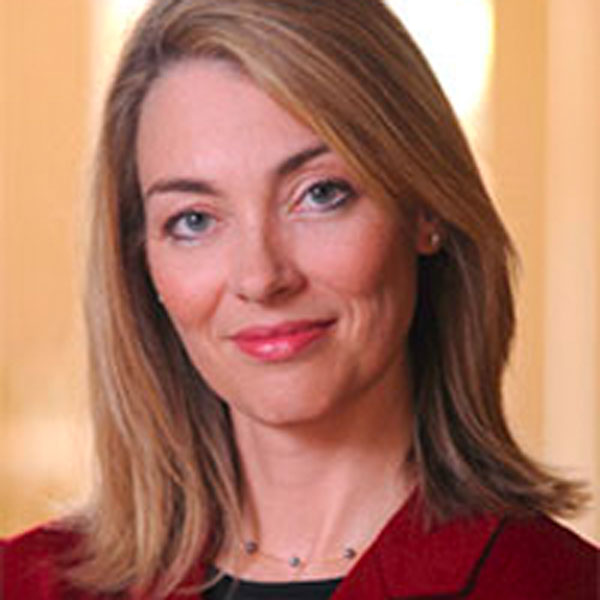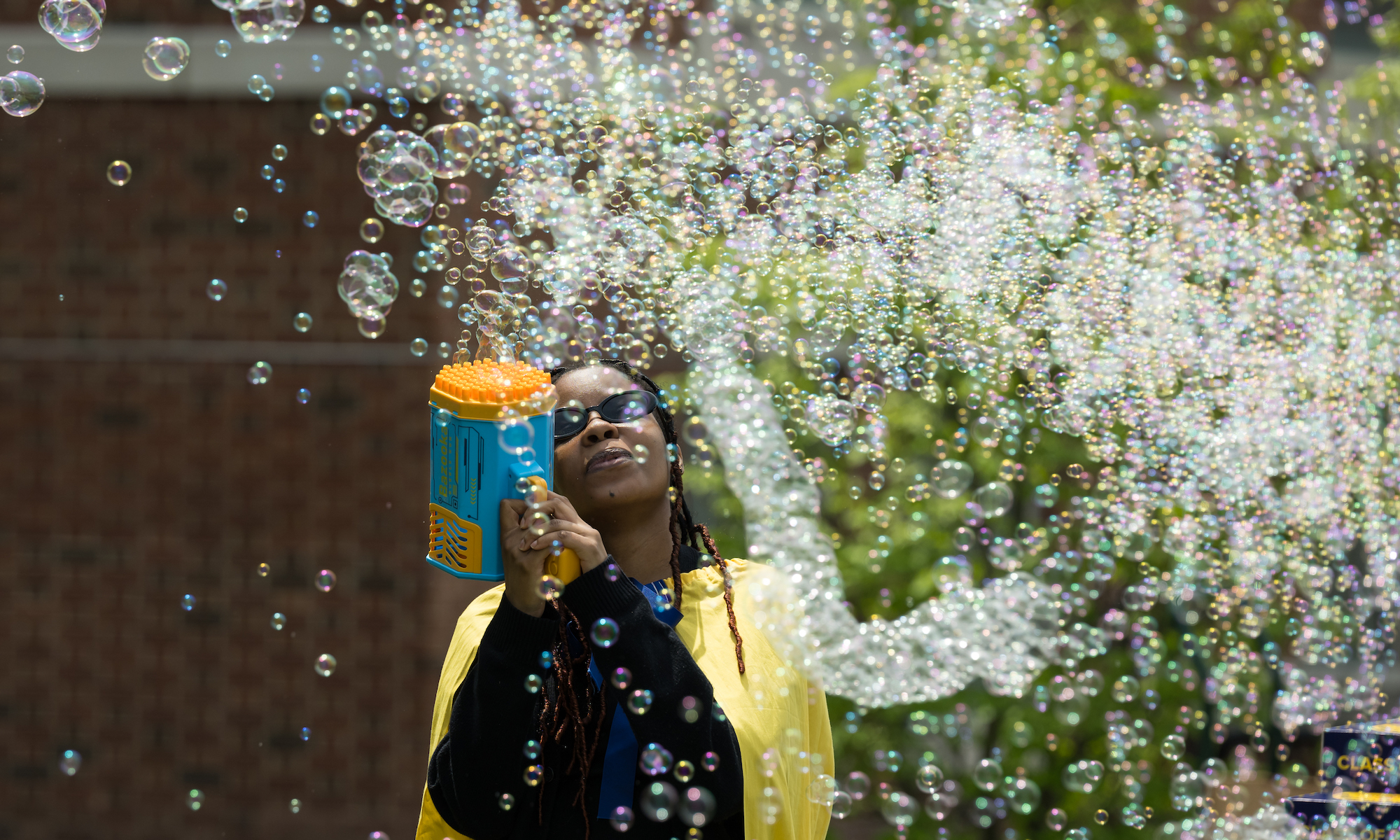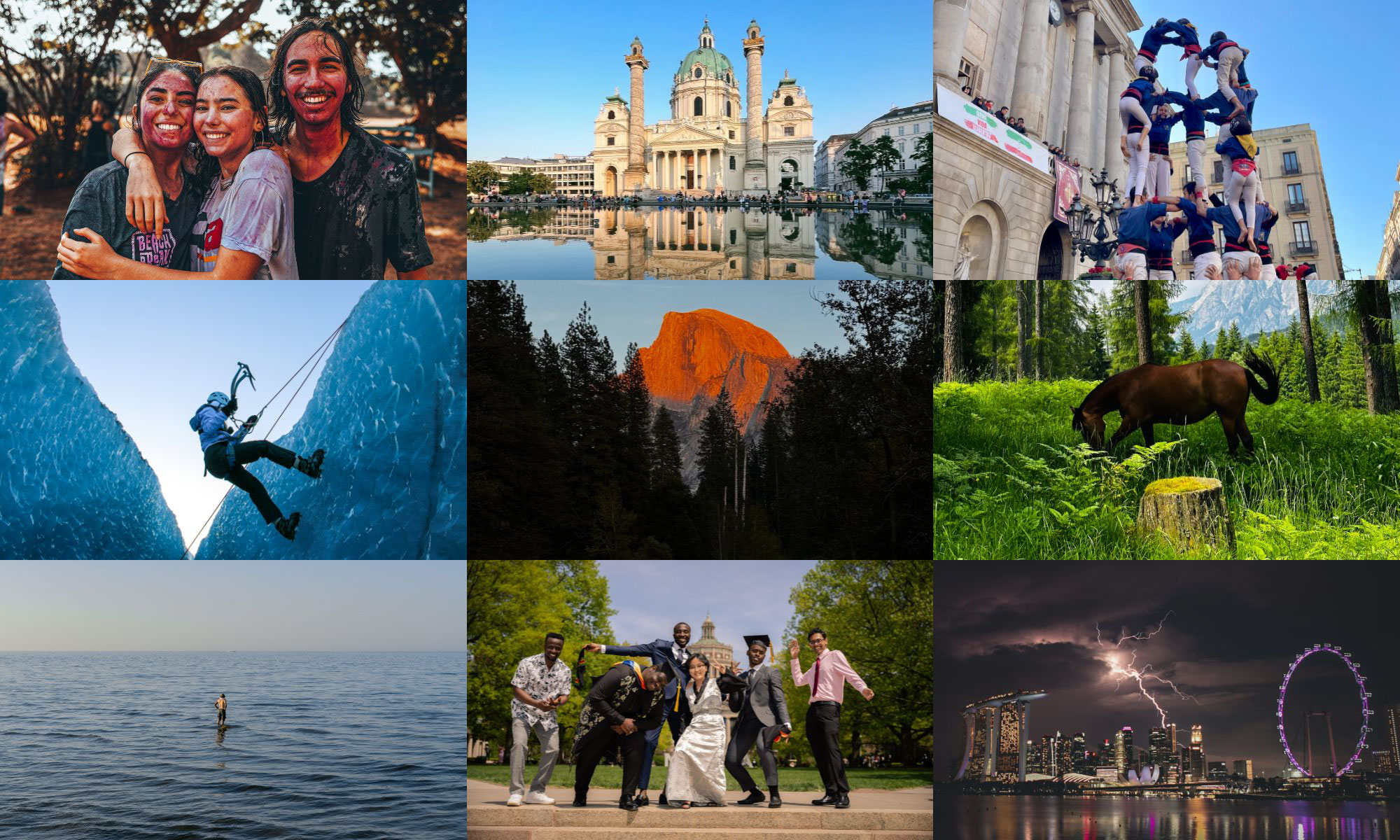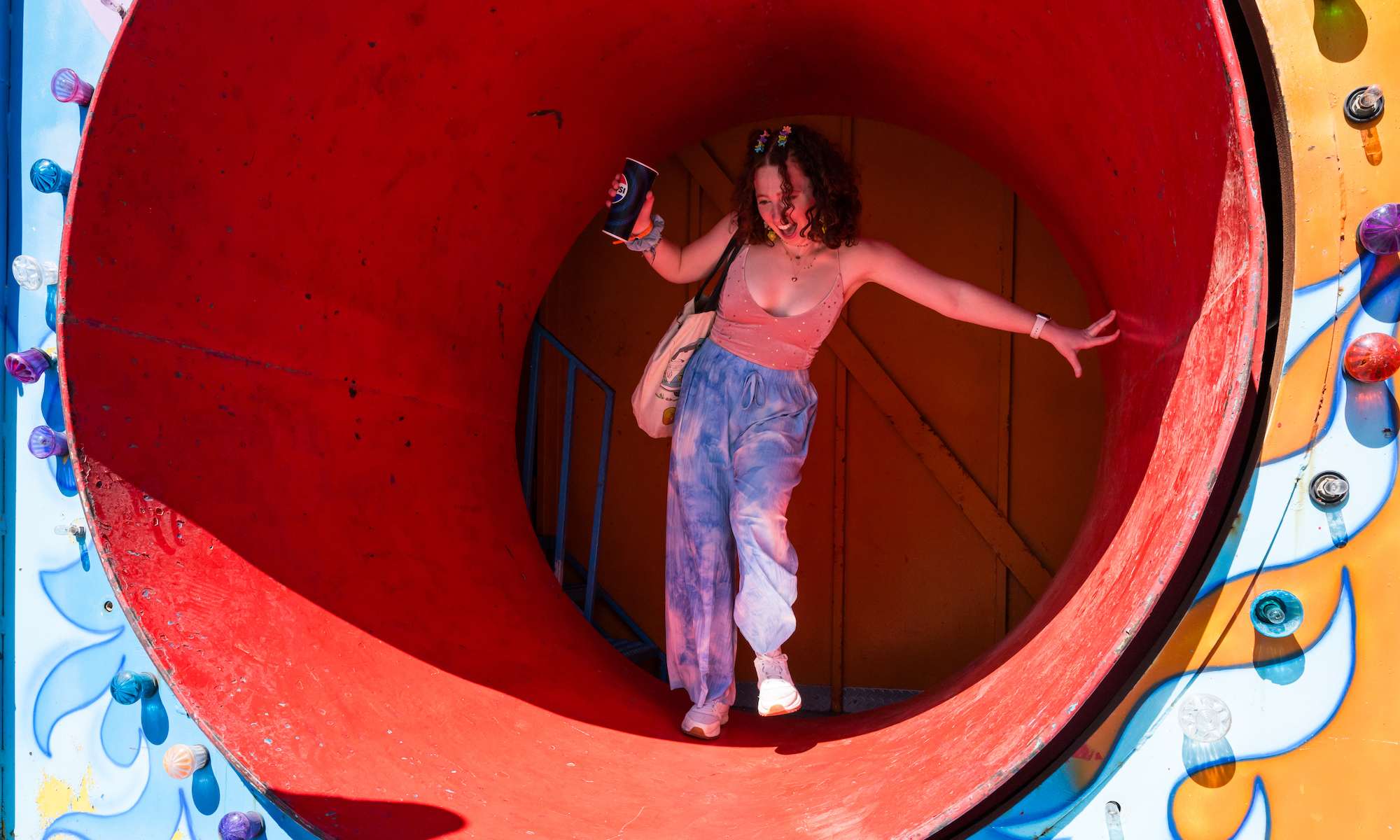Each spring, Rochester undergraduates work to unearth and preserve Bermuda’s rich history.
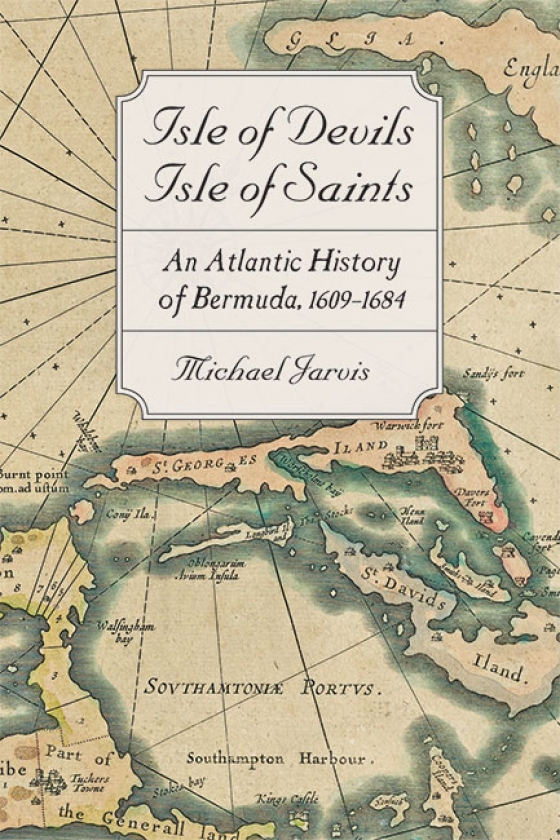
In a new book, Rochester historian Michael Jarvis argues that Bermuda belongs at the center, not the periphery, of the American colonial story.
Eighteen University of Rochester students traveled during the spring semester with history professor Michael Jarvis, the director of the Smith’s Island Archaeology Project, to St. George’s, the old capital of Bermuda. They were digging for clues under the flagstones of the historic Globe Hotel, built in 1699, to determine how this then-ambitiously large building on St. George’s was constructed and had evolved. The team was also hoping to find undisturbed floor layers that could be used to study the enslaved Black household members who lived and worked at the Globe from 1700 to 1834.
Excavations in four rooms revealed that an earlier renovation around 1909 had unfortunately destroyed the 18th-century floor layers within the cellar, says Jarvis. Yet they were surprised to discover that the building’s walls rest on dirt rather than the usual bedrock and found a very early post hole “going back to the dawn of settlement.”
Together with the Bermuda National Trust, the Rochester team has been working on combined research projects, trying to better understand and document the island’s rich history, including slavery and its role in the English colonization of America.
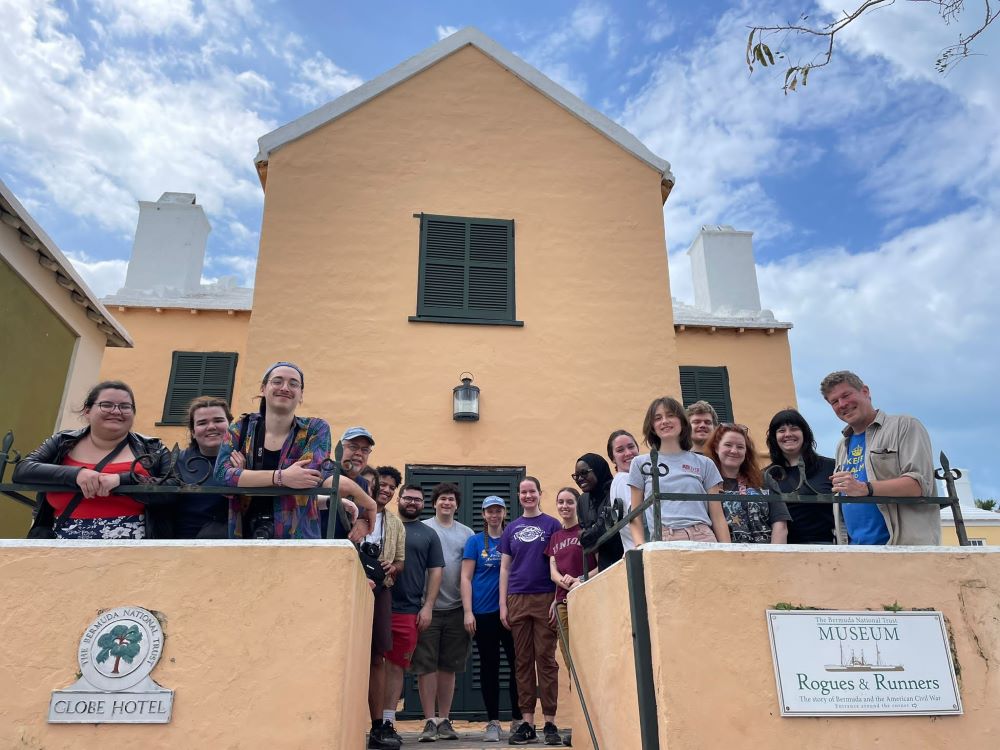
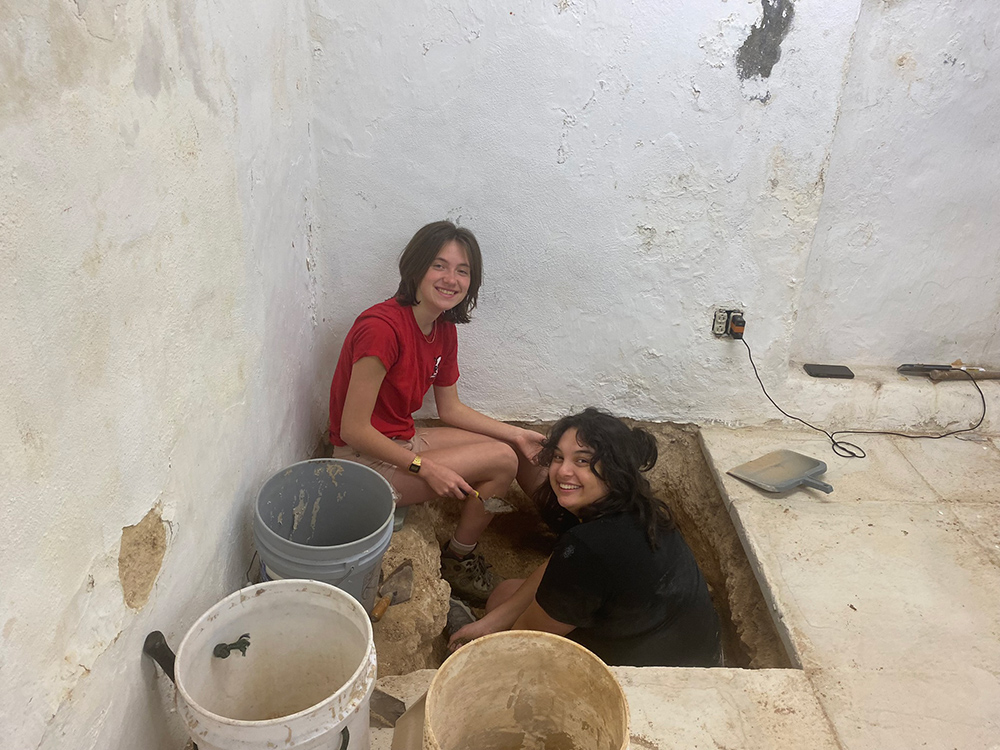
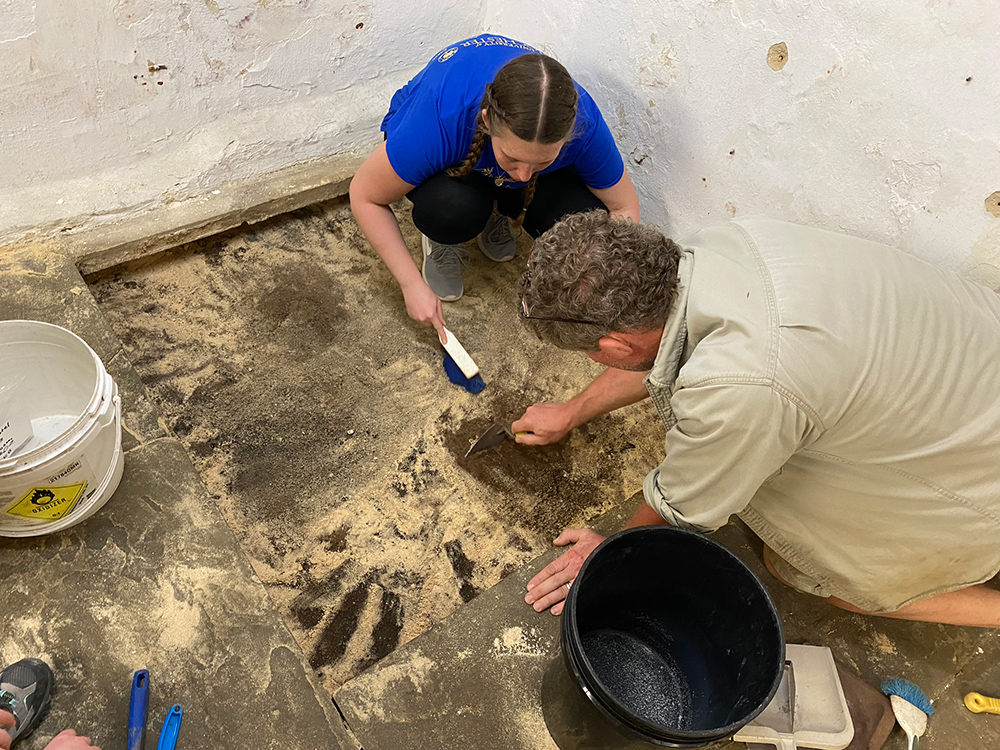
During the dig, more than 250 Bermudian school children visited the site. To Jarvis, the team’s work has a dual function: to unearth and preserve Bermuda’s rich history on one hand, and to help “plant the seeds of historical curiosity” on the other.
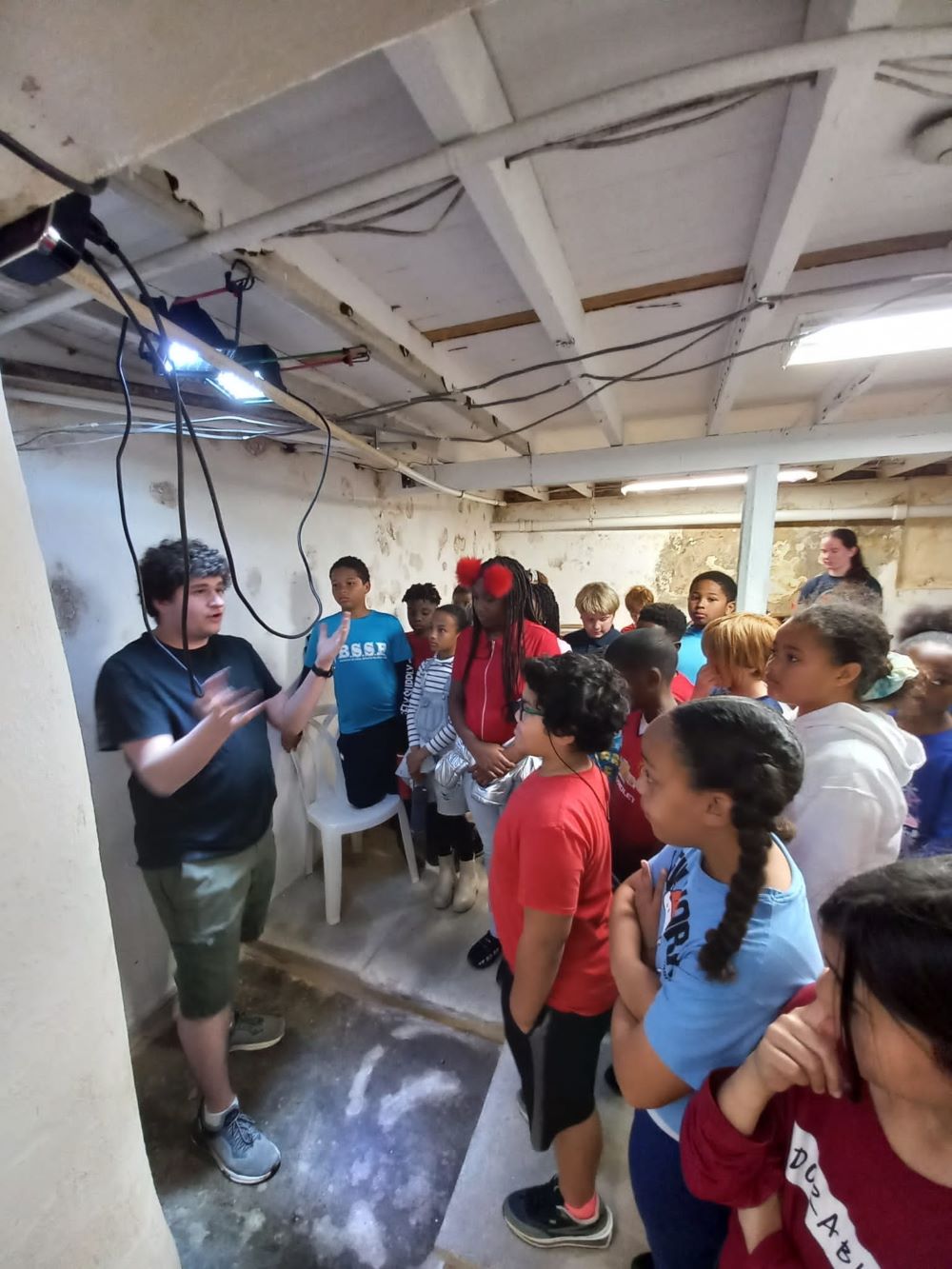
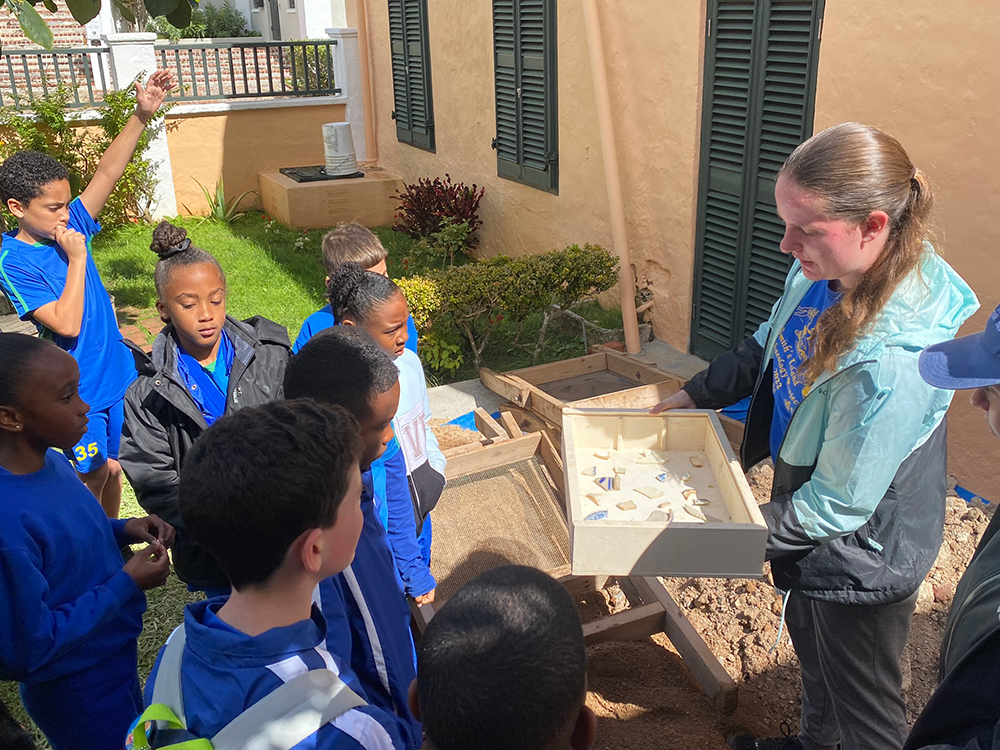
“Bermuda needs more hometown archaeologists to keep up with all the development and new building that’s going on,” says Jarvis, who hopes that some of the local visitors will grow up to join the archeological efforts on the island.
- Learn more about Rochester’s Archaeology, Technology, and Historical Structures Program.

